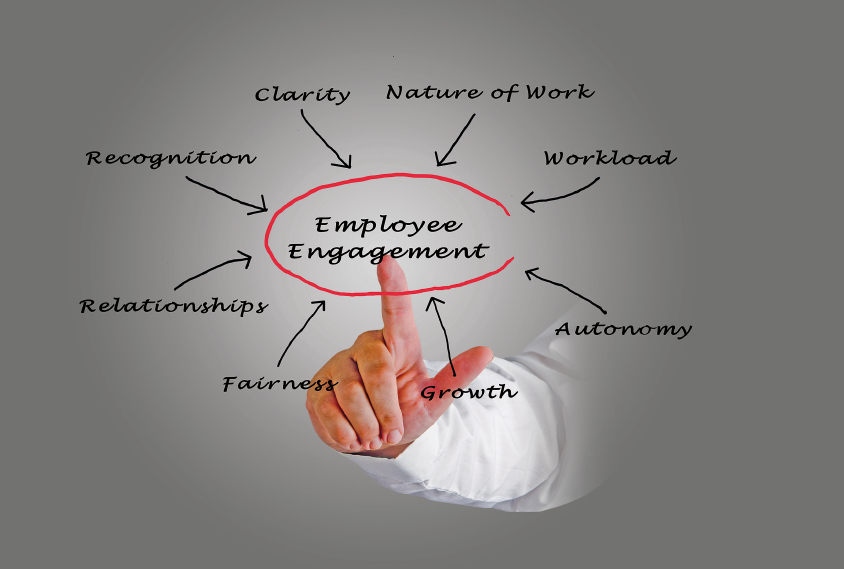Yesterday’s Advisor featured a Q&A with expert Vip Sandhir on how HR can drive employee engagement. Today Sandhir answers more questions on this subject, including how to strategize and who is responsible.
 |
Sandhir is the founder and CEO of HighGround, an organization with a mission to change the way companies engage their employees.
What strategies should HR implement to increase employee engagement?
The most important step to increasing employee engagement is recognizing you need to make changes and implementing a strategy that will provide employees with engagement tools. It’s easier than ever to implement technology platforms that help build a highly engaged culture through real-time recognition and continuous feedback.
Take advantage of these technologies because employee engagement goes far beyond parties or plaques. Employees want more than just a beer cart on Friday; they want their voice to be heard by management and know where they stand within an organization.
With the right employee engagement application, you can set and track quarterly, individual, and team goals with objectives and key results that are aligned with company goals. Businesses can use these technologies to find out what’s most important to employees—and what key elements are missing.
According to Towers Watson, sustainable employee engagement involves leadership, goal setting, work/life balance, and empowerment. What employer wouldn’t benefit from getting a deeper understanding of these key focuses?
Who is responsible for increasing employee engagement?
Engagement comes from the top down. Even if HR is responsible for implementing new systems and listening to feedback, it all starts with the C-suite. That’s because company culture begins with leadership.
While it’s HR’s job to act as the facilitator that spreads the culture, it’s the leaders at the C-level that need to dictate what the culture should be. If leadership prioritizes employee engagement, it will trickle down throughout the entire organization.
What is the first step to increasing employee engagement?
HR needs to have a seat at the table. Changing the way a business views HR is the first thing a company needs to do to increase employee engagement. Right now there is a shift occurring, bringing about a new breed of HR executives.
HR is no longer about administrative work but is focused on the actual voice of the employees. This new breed of HR puts people first. A concrete example of this change is the rise of the “Chief People Officer.” HR’s core function used to be administrative tasks, but by evolving that role, increased employee engagement will follow naturally.
Once employees are engaged, what should HR do with those insights?
By understanding the mood of a company through sentiment tracking and pulse checks, executives can use results to create an open dialogue for positive change. Once employees are engaged, HR can use feedback to find inefficiencies and roadblocks within an organization—and even address them before they become a real problem.
Using employee insights, management can be more confident in major decisions impacting the business. Once a collaborative feedback culture is established, leadership will know their teams’ insights ahead of time and keep them in mind. Their workforce will already have trust in management because they know their voices are heard. With the trust and engagement in place, management can either utilize their employees’ opinions to make decisions or at least know their decisions will be accepted positively due to the culture they have established.
